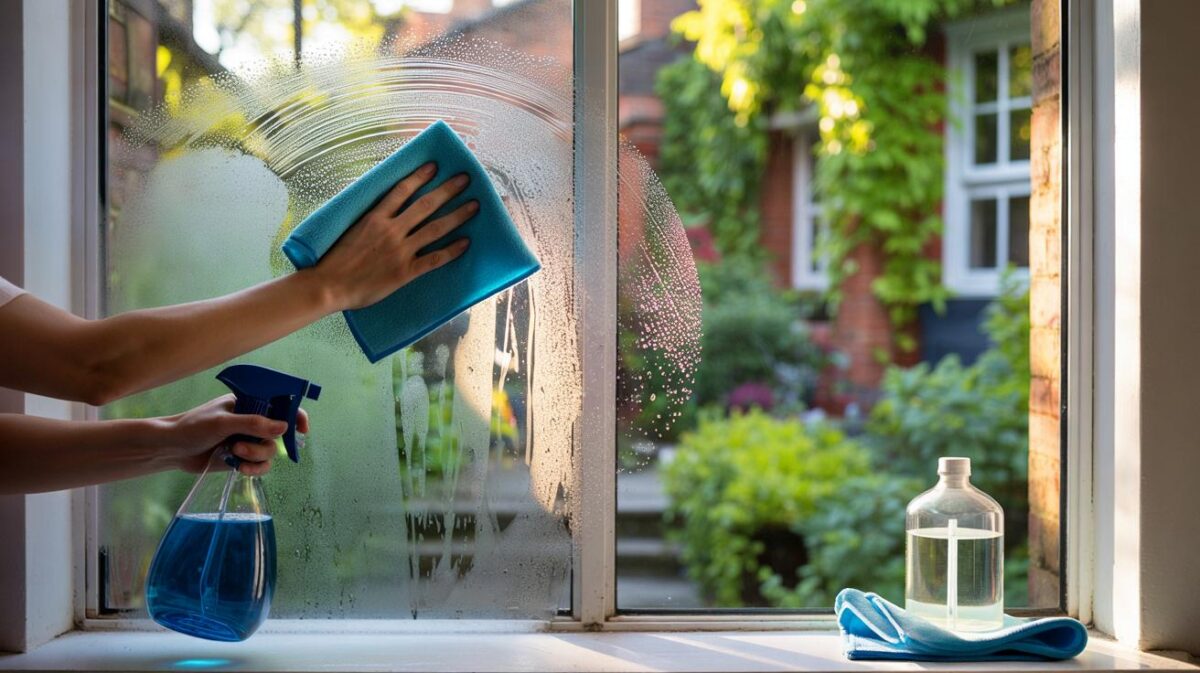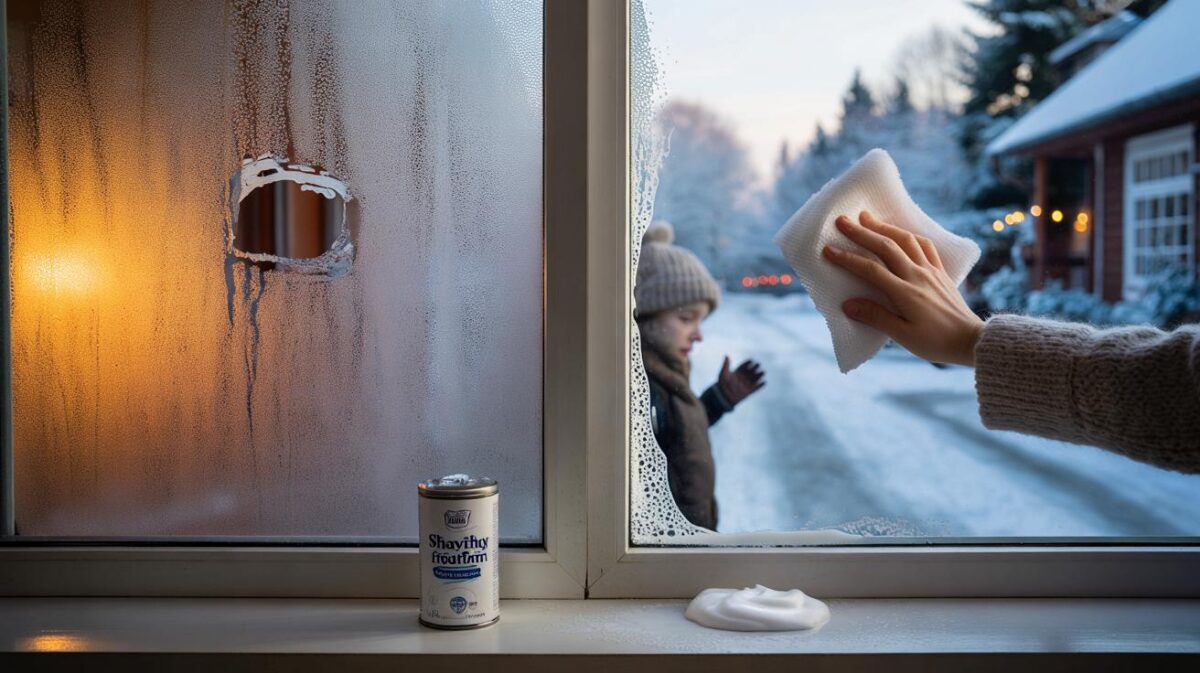Your thermostat follows, sometimes obedient, sometimes misled again badly.
Across France, heating engineers report the same winter ritual: people reach for quick fixes that feel sensible, yet drain wallets and dull comfort. The pattern repeats in flats and family houses, with the same culprits and a few simple, calmer ways to set the pace.
What the specialists are seeing in French homes
One recurring scene starts at the front door. The thermostat sits beside a draughty entrance, or above a radiator, or under winter sun. Readings jump, the boiler chases ghosts, and rooms never settle. In several homes, the setpoint rises to 25 °C “to warm up faster”, windows stay ajar, and the system fights itself: radiators push heat while cold air spills in. The result feels both stuffy and chilly, and the bill climbs.
A thermostat sets a destination, not speed. Pushing 25 °c to reach 19 °c triggers overshoot, extra cycles and wasted energy.
Placement matters as much as the number on the screen. Engineers recommend roughly 1.5 metres from the floor, on an interior wall, away from doors, radiators and direct sunlight. One technician showed a flat where the hallway was 16 °C and the lounge 22 °C; the thermostat lived in the hallway, so the boiler never stopped. Two zones, one confused brain.
Another habit bites overnight. People hit the off switch for eight hours to “save loads”, then crank everything at dawn. Walls and furniture cool right down, the house feels damp-chilled, and the morning warm‑up drags. Heat pumps prefer gentle, steady control. Modern condensing boilers can handle a small setback, but not the big yoyo many households attempt.
The three habits that cost you comfort and cash
Cranking the dial to heat faster
Turning the setpoint to 24–25 °C does not add horsepower. It simply tells the system to keep going until that number appears, often overshooting. Radiators with high thermal inertia continue warming after the boiler stops, so the room rockets past the target and you end up opening a window. That purge tosses paid-for heat outside.
Keep targets modest and stable: 19 °c for living spaces, 17 °c in bedrooms, and 21 °c in the bathroom during use.
Killing the heat overnight
Going to zero creates a deep cold sink in walls and floors. Reheating all that mass at 06:30 takes time and fuel, and it often triggers wide temperature swings. Many specialists advise a small night setback of 1–2 °C. With heat pumps, stay even closer to your daytime target and let weather compensation do the fine tuning.
Parking the sensor in the wrong spot
A poor location can mislead the controller by several degrees. A draught, a sunny patch or a nearby radiator will nudge the reading far from what you feel on the sofa. Move the thermostat to the main living area, about chest height, out of direct sun and away from airflow. In multi-room homes, add thermostatic radiator valves to balance side rooms, without fighting the main setpoint.
Simple rules that work across systems
- Avoid big setpoint swings; aim for small, predictable changes of 1–2 °C.
- Choose sensible targets: 19 °C lounge, 17 °C bedrooms, 21 °C for short bathroom use.
- Ventilate briefly: 10 minutes with windows wide, then close. Do not leave windows on the latch while heating.
- Free the emitters: no sofas over radiators, no laundry draped across them.
- Service each autumn: bleed radiators, check pressure, clean filters and confirm flow rates.
Rule of thumb: lowering the setpoint by 1 °c can cut heating demand by about 7 per cent, with little comfort loss if draughts are tamed.
Which strategy suits your system
| System | Setback guidance | Reason |
|---|---|---|
| Air/water heat pump | Keep steady; 0–1 °C setback at night | Best efficiency at low, constant flow temperatures |
| Condensing gas boiler | 1–2 °C setback at night | Small reductions preserve condensing mode, avoid deep reheat |
| Electric radiators (inertia) | Small, slow changes | Stored heat keeps warming after power cuts, so avoid overshoot |
| Hydronic underfloor | Very steady, minimal setbacks | High thermal mass; big swings feel slow and wasteful |
Real households show the gains
In Lyon, a couple used to cut heating at 23:00, then relaunch at 06:00 with a 23 °C setpoint to “catch up”. The living room hit 21.5 °C by 08:00, then dropped again once they left for work. Their boiler cycled constantly, and the noise on cold mornings grew tiresome. After a refit of settings—19 °C by day, 18 °C at night, doors closed, a draught excluder across a leaky corridor—they saw fewer cycles and a calmer feel. The supplier’s estimate pointed to an 18 per cent fall in consumption across the following fortnight.
Tech can help, but first fix the basics
Smart thermostats add scheduling that follows your actual routine, record run times and spot absences. Weather-compensated control, already common in continental Europe, adjusts water temperature to the outdoor conditions so heat delivery anticipates rather than reacts. None of that pays off if the sensor reads nonsense or the setpoints bounce all day. Set clear rules, place the sensor wisely, and let the algorithm smooth the rest.
No thermal yoyo: systems last longer and people feel warmer when temperatures glide, not lurch.
Comfort is more than a number on the dial
Two rooms at the same air temperature can feel different. Radiant temperature from walls, floor coverings and windows shapes your perception. A lounge at 18.5 °C with warm walls and no draughts can feel cosier than 19.5 °C with a cold pane behind the sofa. Close shutters or blinds at night, draw heavy curtains without covering radiators, and add a rug on bare tiles to raise the mean radiant temperature.
Moisture also nudges comfort. Aim for roughly 40–60 per cent relative humidity. Short, sharp ventilation refreshes stale air without dumping heat from the building fabric. Dry laundry on racks in a ventilated room rather than over radiators, which slows heating and creates condensation on cold surfaces.
A quick back‑of‑the‑envelope calculation
Take a home that uses 8,000 kWh for heating in a season. Dropping the setpoint by 1 °C could trim usage by about 7 per cent, or 560 kWh. At €0.10 per kWh for gas, that is roughly €56 saved. Add a second measure—sealing a leaky front door—and people often shave a further few per cent because the thermostat stops chasing a cold draught. Savings add, not multiply, so stack small wins and hold course.
When to seek extra help
Frequent short cycles, radiators that are hot at the top and cool at the bottom, rooms that lag by several degrees, or persistent condensation on corners suggest deeper issues. A technician can balance circuits, check pump speeds, verify weather compensation curves and confirm that the boiler condenses under part load. For older homes, simple draught‑proofing at skirting boards, letterboxes and loft hatches often changes the feel for little outlay.
Try this one‑week reset
- Move the thermostat to a representative spot and set 19 °C by day, 18 °C at night.
- Shut internal doors at night; add a brush strip to the coldest doorway.
- Bleed radiators and clear 20–30 cm in front of them.
- Use a seven‑day programme with two or three simple time blocks, not hourly tweaks.
- Ventilate for 10 minutes after showers and cooking, then close fully.
Most households report a quieter boiler, fewer swings and a gentler warmth within days. Keep notes on how the house responds, adjust by half a degree if needed, and stick with the routine through a full cold spell. Small, steady changes bring the biggest dividends across a long winter.








